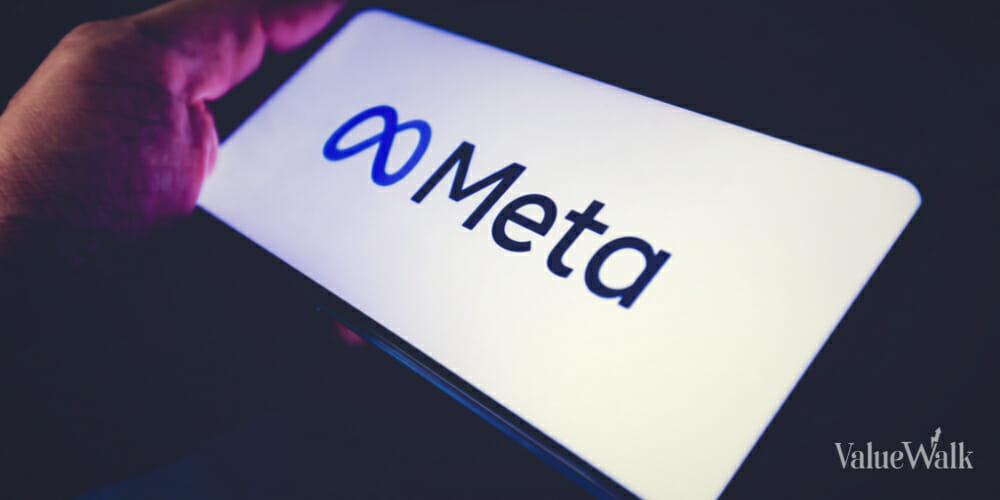The iPhone X has a hefty price tag, but the price itself doesn’t demonstrate how much increasing prices impact the average working American. A better metric might be to compare the number of work-hours needed to purchase an iPhone now versus 2008 (the first year iPhone subsidies were offered). iPhone trade-in/buyback comparison site Flipsy.com, the blue book of iPhones, did just that, and discovered:
- In 2008, Americans earning average wages would have worked 9.2 hours to buy a subsidized iPhone versus the 38 hours they’d need to work in 2017 to buy an iPhone X – a 313% increase
- At the non-subsidized 2008 price, average-wage Americans would have worked 23.2 hours versus 38 in 2017 – a 64% increase
- Minimum wage workers in 2008 would have worked 30.4 hours to buy a subsidized iPhone; in 2017, they must work 137.8 for an iPhone X – a 353% increase
Work-hours required to purchase other technologies – namely, televisions and tablets – have not followed suit; despite advanced technology, fewer work-hours are required in 2017 to purchase those devices than were required in 2008.
It begs the question: if technology continues to get cheaper even as it improves, why does the average American need to invest more time to purchase an iPhone?
If trends continue this way, in ten years the average American might need to work an entire month to buy an iPhone. That might seem far-fetched until you consider that minimum wage workers are nearly doing it already.
You can read the full analysis, complete with data and sources, at Flipsy.com.





